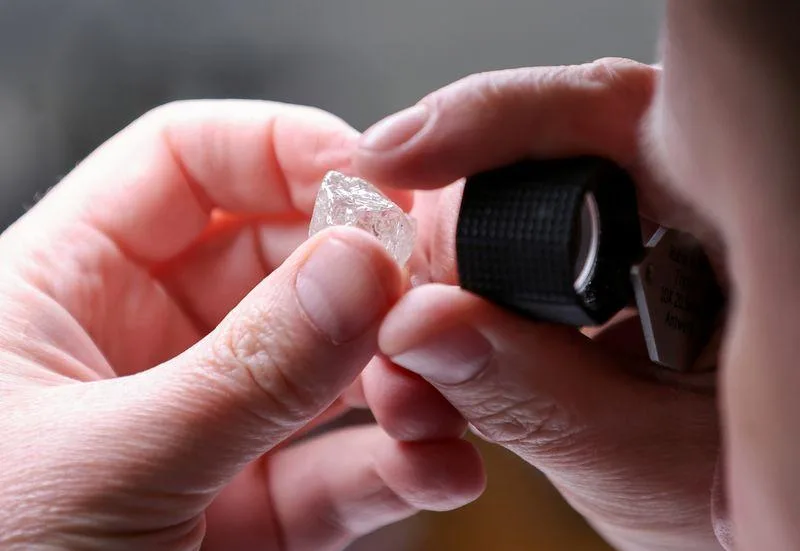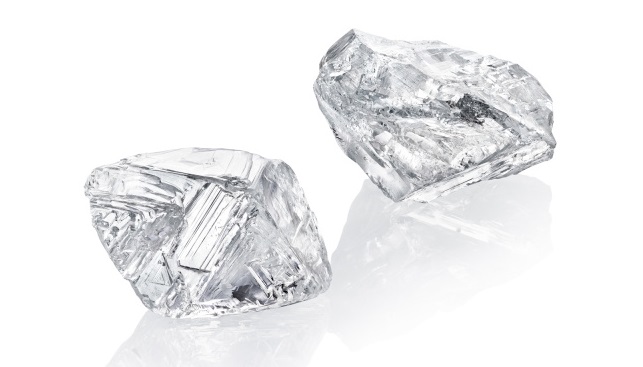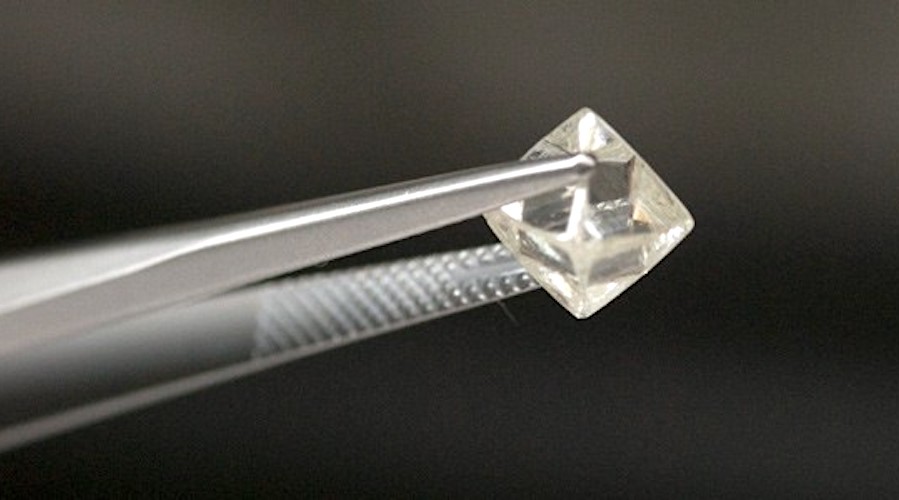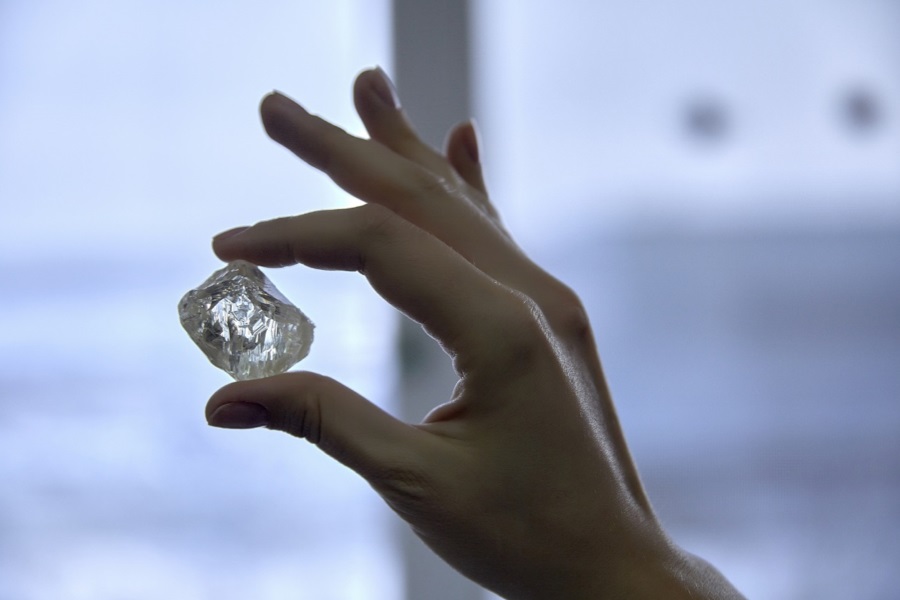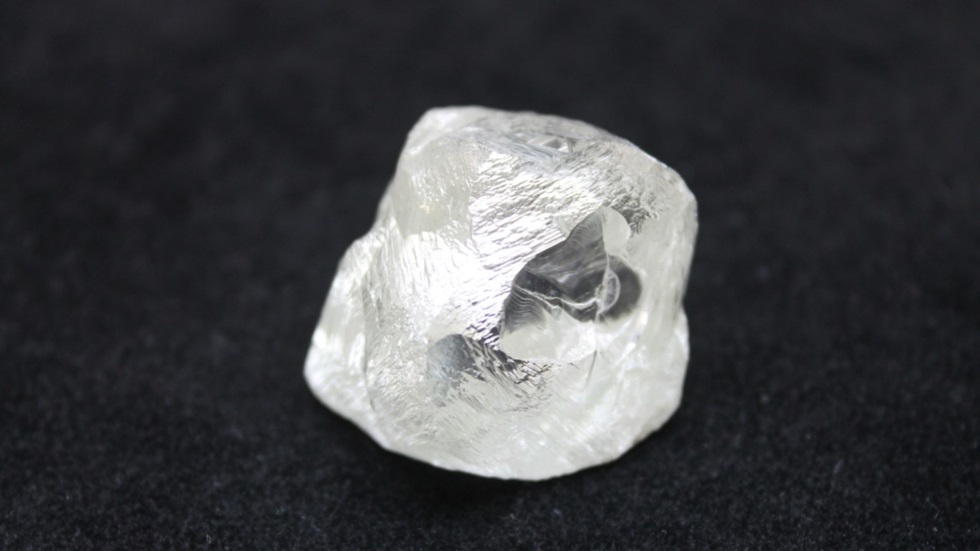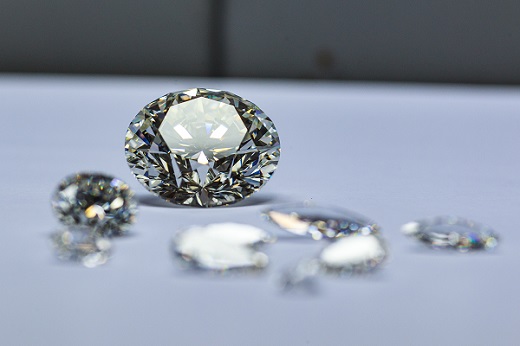
G7 countries could oblige companies to affirm that their imported polished diamonds are not of Russian provenance, according to the US’s top sanctions official.
Leaders of the bloc will meet at a summit in mid-May and are looking to have a plan in place by then, according to a member alert the Jewelers Vigilance Committee (JVC) released Tuesday summarizing remarks by Ambassador James O’Brien, who heads the US’s Office of Sanctions Coordination.
“There could be a required declaration that finished diamonds imported to the US and other G7 markets were not originally mined in Russia or other kinds of restrictions that apply to polished diamonds,” O’Brien said, according to the note. “The aim is to ensure this is phased in at a time and flow that will accommodate the work of the industry.”
O’Brien made his comments at last week’s annual JVC luncheon, where he was the guest speaker. The summary contained a mix of direct and paraphrased quotes, wrote JVC president and general counsel Tiffany Stevens.
The G7 includes the US, as well as Canada, France, Germany, Italy, Japan and the UK. The European Union is known as its “eighth member.”
Alrosa, in which the Kremlin holds a stake, “is deeply rooted to the power structure within Russia, and our government wants to make sure its revenue is not available for them to raid,” O’Brien explained. The state is seeking sources of funds to keep the war in Ukraine going, he added.
Important issues to tackle include how long to wait for Russian diamonds that are currently in the market to exit the system, the sizes of stones to which sanctions would apply, and how enforcement will work, the ambassador pointed out. “Having thoughts on these questions that can contribute to a framework in time for the mid-May meeting is a goal of the US government,” he said.
He also said that the US wanted to make sure Burma — also known as Myanmar — didn’t help Russia. The Asian country has been subject to various US sanctions since a military takeover in 2021.
“Russia is going to its allies and asking them to give back military equipment,” the official said, according to the JVC summary. “Burma supports Russia, so the government also wants to make sure Burma is restricted in its sources of revenue, so it doesn’t help Russia as well. This includes ensuring the regime does not earn money from the sale of rubies and other gemstones.”
Source: Diamonds.net

